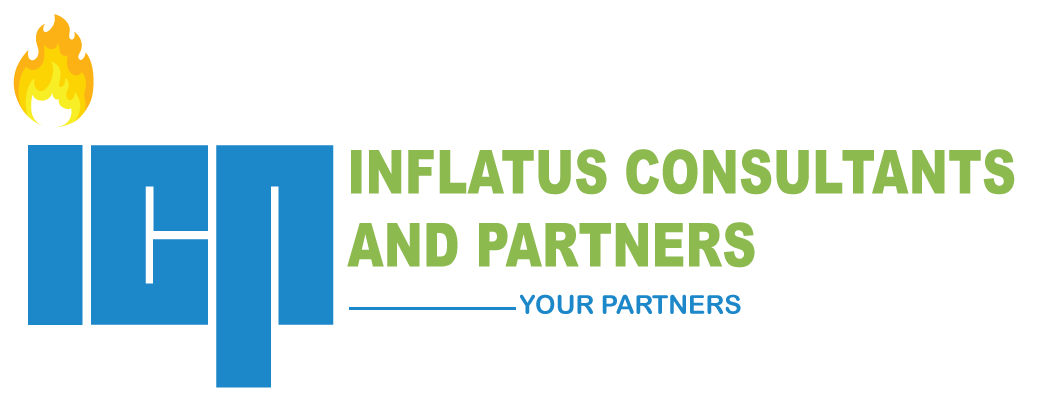Project Management Cartoon
 The first time I came across this cartoon, The Project Management Tree Swing Cartoon, was in mid 2000. It was quite amusing to me then. But, with increasing awareness over the years, I have come to appreciate the challenges the project management team faces in the bid to deliver to the owner or user what they requested, or what is required.
The first time I came across this cartoon, The Project Management Tree Swing Cartoon, was in mid 2000. It was quite amusing to me then. But, with increasing awareness over the years, I have come to appreciate the challenges the project management team faces in the bid to deliver to the owner or user what they requested, or what is required.
As they say, “too many cooks spoil the broth”. The odds that something would go wrong and compromise project objectives as the project evolves from concept to delivery, transitioning through the phases, are quite high. It is a marvel that any project team is able to satisfy the owner at all. That is what this cartoon represents to me.
But beyond that, it represents the failure of both the owner or user, and the project team to collaborate. I will elaborate. We all know that the success of any project is the result of the collaborative effort of all stakeholders – the owner or user, the project team and anyone else whose interest might be impacted by the project.
Therefore, the owner needs to be actively involved in the project to ensure that what is required is delivered. This is a critical success factor. But what obtains is often quite different; many owners claim to be very busy and would not even review documents or deliverables sent for review. Some, only wait to receive the final product. And as the saying goes,
“they get what they are given, and have to like what they get”

Too Busy
The owner who is too busy to participate actively in their project will end up paying for Cadillac and receiving a Volkswagen Beetle.
Majority of complaints that owners and end users raise at commissioning and handover stages of projects arise out of their non-participation. To put it another way,
“The absent owner is the bane of project handover”
For example, I know of a project where the user suddenly showed up after a valve was installed and insisted that it be rotated to horizontal position for easy access. The contractor retorted. “we installed it according to the design.” And the design had been reviewed and approved!
At the very worst, this absent owner should have taken advantage of the stage gates or phase gates to review the deliverables, to ensure that what the project team was proceeding with was what was desired. Not only that, but it should also have provided opportunity to revise project objectives if conditions have changed.
On the other hand, the cartoon also reveals the failure of the project team on two counts.
First is failure at gathering requirements. It is a well-known fact that project success hangs upon accurate gathering and clarification of stakeholder requirements and converting those requirements to specifications for the project. Subsequently, the team develops and applies appropriate project management processes and systems to meet those specifications. I discussed this as a critical success factor in my earlier essay on project success, which you may read here.
Second is the failure to utilize the gate review processes to validate the deliverables against the requirements of the owner. Again, I must emphasize that stage gate or phase gate reviews should be the last resort approach to engaging the owner or end user. A healthy project team engages the owner continuously. I know that some project management practitioners regard this as undue meddling by the owner.
Overall, the cartoon reveals the failure of project stakeholders to collaborate, to work together continuously to deliver the project. The owner needs to recognize that contract award is not the abdication of responsibility to provide leadership in order to deliver a product or deliverable that meets requirement.
I still remember what my former colleague, a project manager, told the client, an E&P, project engineer: “You had better let us work together to deliver this project; if it fails, they will sack both of us, but the difference is that I can easily find my kind of job with another contractor, but you will not easily find another job like the one you have.” That is wise, isn’t it?
Now, I have come to appreciate the importance and value of project gates or phase gates as the project transitions from one phase to the other. In the interest of those who may be new to project management, a project phase, according to the Project Management Body of Knowledge (PMBOK) is a collection of logically related project activities that culminate in the completion of one or more deliverables.
Phase Gate, on the other hand, is a review at the end of a phase in which a decision is made to continue to the next phase, to continue with modification, or to end a program or project. I intend to discuss this in some detail in a later essay.
Until then, I would like to hear from you. Is this applied at all in your organization? How is it done?


